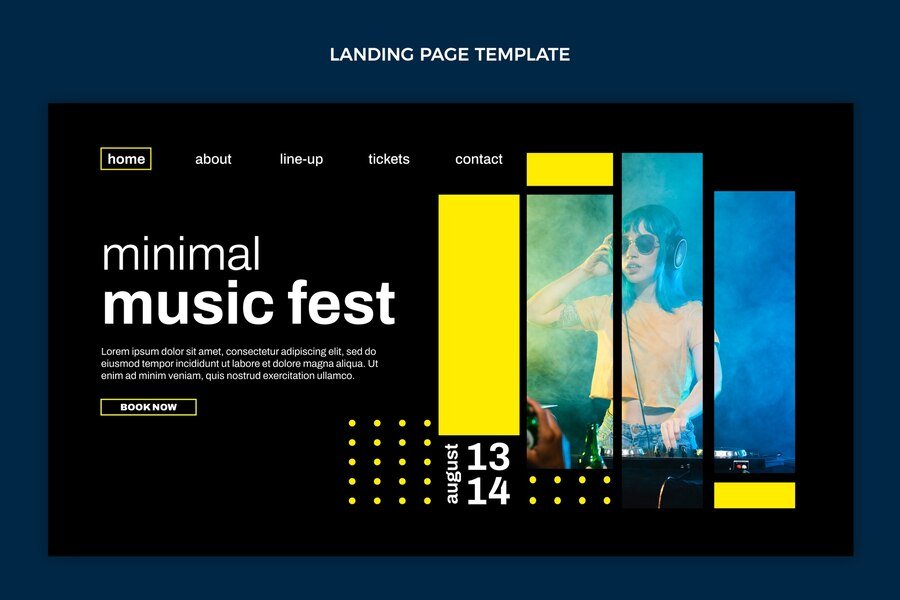Introduction
Embarking on a journey into the world of dance can be exhilarating and transformative. Whether you aspire to master the art of ballet, jazz, hip-hop, or contemporary dance, the path to becoming a skilled dancer is filled with exciting challenges and rewarding milestones. In this comprehensive guide, we will explore 10 essential tips for beginner dancers to help you start your journey with confidence, ensuring you have a strong foundation and the motivation to thrive in your dance endeavors.
1. Set Clear, Achievable Goals
When beginning your dance journey, it’s crucial to establish clear, achievable goals. These goals will serve as your roadmap, guiding your progress and helping you measure your success. Start with short-term goals, such as mastering a specific move or routine, and gradually build towards long-term goals, like performing in a recital or auditioning for a dance company.
Example Goal-Setting Framework:
- Short-Term Goals: Learn basic dance steps, attend weekly classes, practice for 30 minutes daily.
- Medium-Term Goals: Participate in a dance workshop, choreograph a simple routine, join a local dance troupe.
- Long-Term Goals: Perform in a showcase, compete in a dance competition, audition for a professional dance company.
2. Choose the Right Dance Style for You
With numerous dance styles available, it’s essential to find the one that resonates with you. Whether it’s the elegance of ballet, the energy of hip-hop, or the grace of contemporary dance, selecting the right style is fundamental to maintaining your passion and motivation.
Tips for Choosing Your Dance Style:
- Research Different Styles: Attend classes, watch performances, and read about various dance forms.
- Try Out Classes: Experiment with different dance styles through workshops or beginner classes.
- Listen to Your Body and Preferences: Choose a style that aligns with your interests, physical abilities, and emotional expression.
3. Invest in Quality Dance Gear
Having the right gear can significantly enhance your dancing experience. Invest in quality dancewear and shoes that provide comfort, support, and flexibility. Proper attire not only boosts your confidence but also ensures you can perform movements effectively and safely.
Essential Dance Gear Checklist:
- Dance Shoes: Ballet slippers, jazz shoes, or sneakers, depending on your style.
- Dance Attire: Comfortable leggings, leotards, and tops that allow for freedom of movement.
- Accessories: Hair ties, dance bags, and moisture-wicking socks to keep you comfortable during practice.
4. Maintain a Consistent Practice Routine
Consistency is key in dance. Develop a practice routine that fits your schedule and stick to it. Regular practice helps you build muscle memory, improve your technique, and boost your confidence over time.
Creating a Practice Schedule:
- Set Specific Times: Dedicate specific days and times for dance practice to build a routine.
- Start with Basics: Begin each practice session with warm-ups and basic exercises.
- Gradually Increase Intensity: As you progress, incorporate more challenging moves and routines.
5. Focus on Proper Warm-Up and Cool-Down
Warming up and cooling down are critical components of any dance practice. They help prevent injuries, enhance flexibility, and improve your overall performance.
Warm-Up Routine Tips:
- Dynamic Stretching: Perform dynamic stretches to increase your heart rate and loosen your muscles.
- Dance-Focused Warm-Up: Include movements specific to your dance style, such as pliés for ballet or isolation exercises for contemporary dance.
Cool-Down Routine Tips:
- Static Stretching: Focus on static stretches to improve flexibility and relax your muscles.
- Mindfulness and Breathing: Incorporate breathing exercises and meditation to calm your mind and reduce muscle tension.
6. Seek Guidance from Experienced Instructors
Learning from experienced instructors can accelerate your progress and help you avoid common pitfalls. Seek out qualified dance teachers who can provide personalized feedback, correct your technique, and inspire you to reach your full potential.
How to Find the Right Instructor:
- Research Qualifications: Look for instructors with formal training, certifications, or professional dance experience.
- Attend Trial Classes: Take introductory classes to assess the teaching style and connection with the instructor.
- Ask for Recommendations: Seek referrals from fellow dancers or dance communities to find reputable instructors.
7. Join a Dance Community
Becoming part of a dance community can enhance your learning experience, provide support, and boost your motivation. Engaging with fellow dancers creates opportunities for collaboration, performance, and growth.
Benefits of Joining a Dance Community:
- Networking Opportunities: Connect with dancers of different styles and skill levels.
- Support System: Share experiences, challenges, and triumphs with like-minded individuals.
- Performance Opportunities: Participate in recitals, showcases, and competitions to gain stage experience.
8. Record and Review Your Practice Sessions
Recording your practice sessions can be a powerful tool for self-assessment and improvement. Reviewing your videos allows you to observe your technique, identify areas for growth, and track your progress over time.
Effective Recording Tips:
- Use a Reliable Camera: Ensure good lighting and clear audio for better video quality.
- Record Different Angles: Capture your movements from various angles to get a comprehensive view of your technique.
- Regular Review: Set aside time to watch your videos and note areas of improvement or success.
9. Stay Positive and Patient
Dance is a journey filled with ups and downs. Maintaining a positive attitude and being patient with yourself are crucial for long-term success. Celebrate small victories, embrace setbacks as learning opportunities, and stay committed to your goals.
Strategies for Staying Positive:
- Practice Self-Care: Take care of your mental and physical well-being through rest, nutrition, and hobbies.
- Stay Inspired: Watch dance performances, read inspirational stories, and connect with mentors or role models.
- Set Realistic Expectations: Understand that progress takes time, and every dancer has their unique journey.
10. Seek Feedback and Keep Learning
Continuous learning and feedback are essential for growth in dance. Seek constructive criticism from instructors, peers, and mentors, and stay curious by exploring new techniques, styles, and dance-related knowledge.
How to Seek and Use Feedback Effectively:
- Ask for Specific Feedback: Request feedback on particular aspects of your performance or technique.
- Stay Open-Minded: Embrace constructive criticism and view it as an opportunity to improve.
- Engage in Workshops and Classes: Participate in advanced workshops and masterclasses to expand your skills and knowledge.
Conclusion
Starting your dance journey with confidence requires a blend of passion, practice, and perseverance. By following these 10 essential tips, you can build a strong foundation, stay motivated, and achieve your dance goals with grace and determination.













